This article is powered by Alphagreen.
Nowadays, various CBD products are flooding the health and wellness market as more and more people are recognising potential benefits of the active and promising compound - cannabidiol (CBD).
Such a variety not only allows each CBD user to find his or her preferred method of use, but it also offers different amounts of CBD oil and influences how fast you will notice its positive effects. Therefore, it is essential to find a suitable method of intake before shopping for CBD products. Here are the four common ways on how to take CBD oil.
#1) CBD Oils & Tinctures
Starting with one of the most common CBD products, CBD oil has to be at the top of the list. CBD oil for anxiety and stress relief continues to gain popularity with many people choosing to consume CBD oil in oral drops which are also known as tinctures.
CBD oil tinctures are really easy to use, even if you are out and about, on the go and super busy, you literally put a single drop at a time beneath your tongue. Yes, you do need to work out the dosage you require, but professionals will be able to help you out with this so this is nothing you need to panic about at all.
CBD oil drops are nowhere near as expensive as many people think, costing on average around £20, but remember that this can be 20 uses for some users in one bottle.
This is a natural alternative to helping with the steps to wellbeing for many people because there is anecdotal and scientific evidence that CBD is used for wellness purposes. CBD oil drops are available in multiple strengths depending on your needs. There are different flavours so that you can mask the taste if you do not like the natural taste of CBD oil, and the drops work pretty quickly, too when taken sublingually.
#2) CBD Vapes
As an alternative to CBD oils and tinctures, many people prefer to use the oil in the form of vaping. This is because ingesting CBD oil via vapour is the fastest way to start the effects of CBD on your brain's receptors.
There are many different flavours available, different strengths and different quantities for you to choose from, so this does give users a wide range of options to suit their financial position.
However, when vaping CBD, it's crucial to be cautious about the amount of vape oil you are inhaling, the temperatures at which you are heating the liquid, and the technique you are using.
If you have severe pre-existing medical conditions, particularly lung conditions, you need to be extra careful as vaping CBD oil can cause coughing or nausea if you over-inhale it.
#3) CBD Capsules & Edibles
The capsule form of CBD primarily comes either as a liquid-based, soft gel or powder-based, two-piece capsules and can be consumed just as you would any other medical or wellness supplement.
The benefits of using CBD capsules lie in the fact that they are easy to use, discreet and allow for accurate dosing. You can carry them around just as you would other medical supplements and dose yourself as recommended.
CBD oil can also take the form of gummies, chocolates, tea, coffee, and just about anything else. Many CBD manufacturers even offer gluten-free and vegan options of various CBD edibles to keep up with the latest trends in food consumption and fulfil consumer demand.
However, the main challenge lies in the fact that oral consumption typically makes the CBD pass through the liver, which filters and reduces the concentration. Only a small percentage of the CBD oil actually makes it through to the bloodstream, drastically reducing the efficacy. Hence, higher dosages are required to offset this loss during transmission.
#4) CBD Topicals
Different topicals like CBD cream, lotion, or ointments are specially designed for topical application to the skin. People use these products to relieve chronic pain and common sore joints and muscles. At the same time, such products are more likely to be used on an as-needed basis versus a dosing schedule with ingestible CBD.
Alongside pure CBD oil, topical products also contain a variety of beneficial and soothing components that are formulated to help in treating skin conditions like dryness, acne, eczema and psoriasis.
However, if you are allergic to specific components or have extremely sensitive skin, you might experience a negative reaction to some of the additional ingredients of the chosen product. Therefore, you should look through the list of ingredients before purchasing CBD topicals.
Possible Side Effects: Is CBD Safe?
Like any other supplement, CBD can cause a few side effects in some people, which can include fatigue, diarrhoea, changes in appetite and weight. It also can interact with certain medications if you take them simultaneously, including those supplements and medications that come with a "grapefruit warning" as both grapefruit and cannabinoids like CBD can interfere with cytochromes P450 (CYPs), a group of enzymes that are essential to drug metabolism.
While current research suggests that CBD is mostly safe for consumption, if you're trying it for the first time, are pregnant or breastfeeding or you're thinking of giving CBD to a child, a pet or someone with underlying health conditions, proceed with caution. Consult with your doctor or a health care provider prior to taking any CBD products and ensure that the benefits far outweigh any possible risks.
Are you still missing out on The Bluntness newsletter? Sign Up today to stay in the loop.
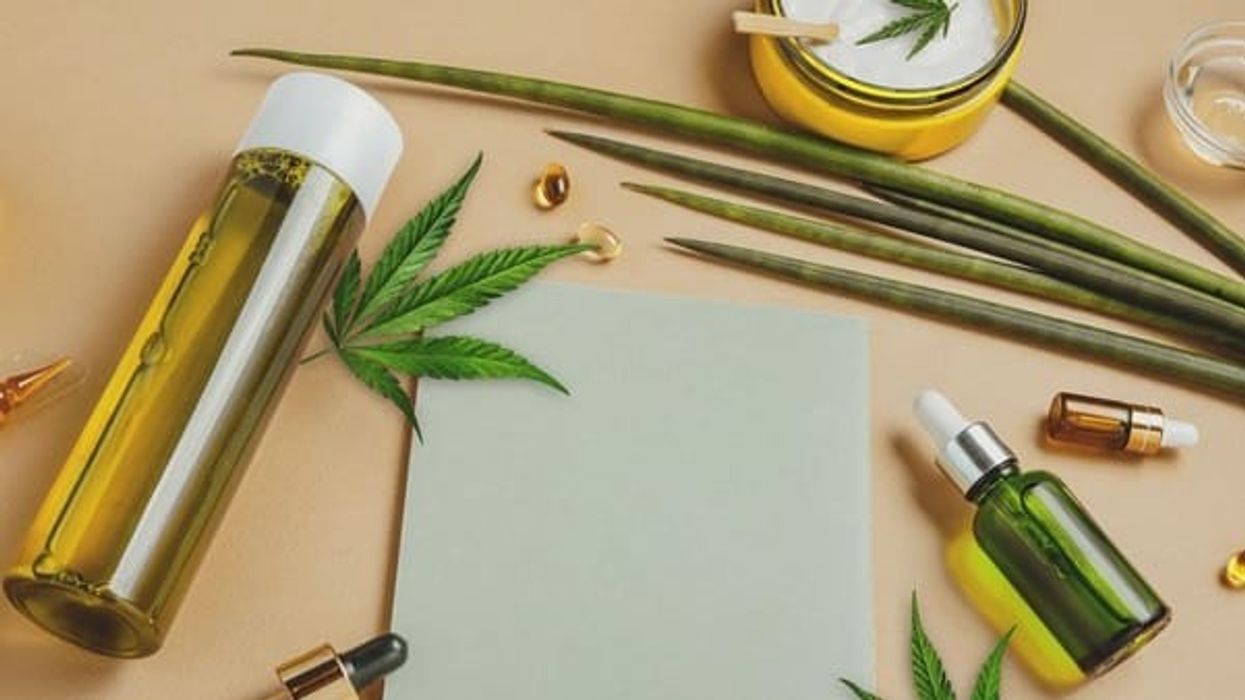






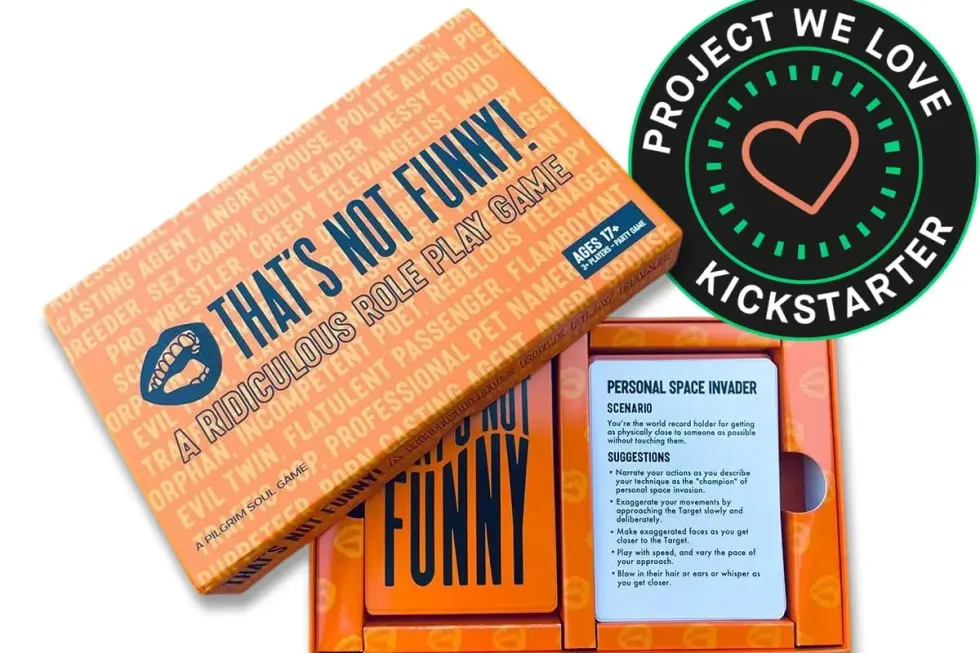
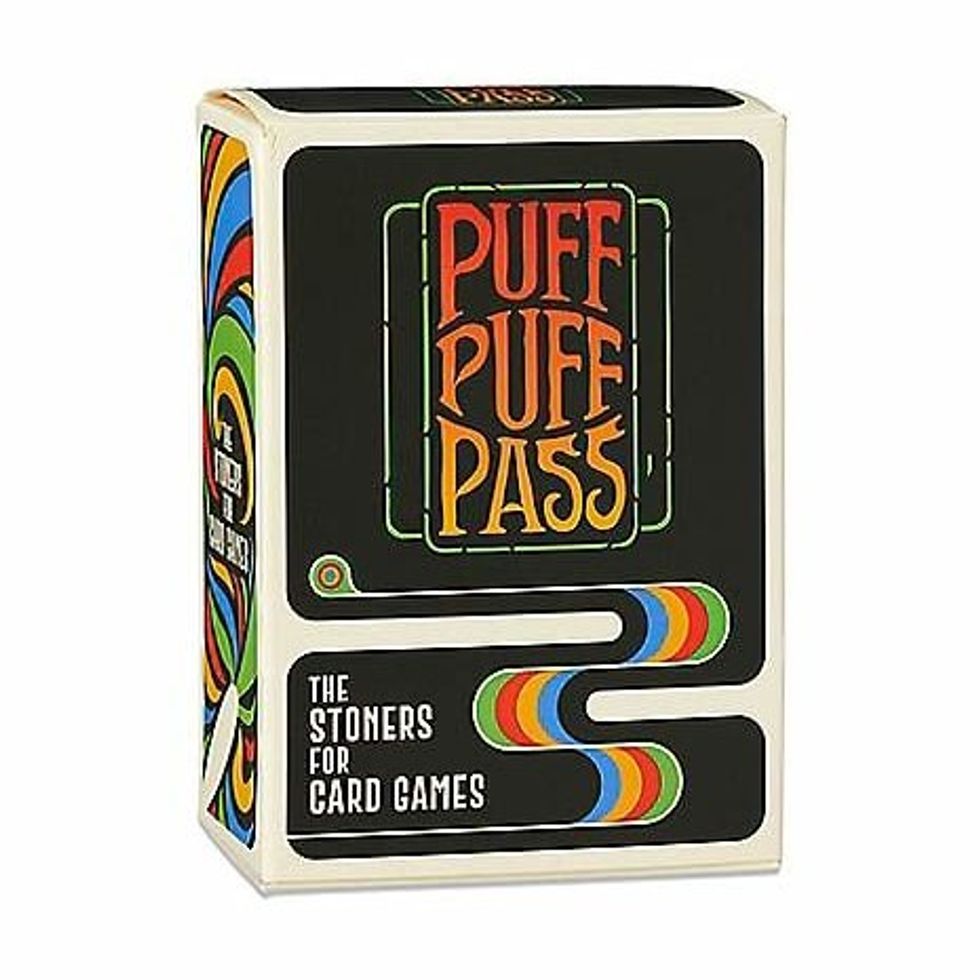
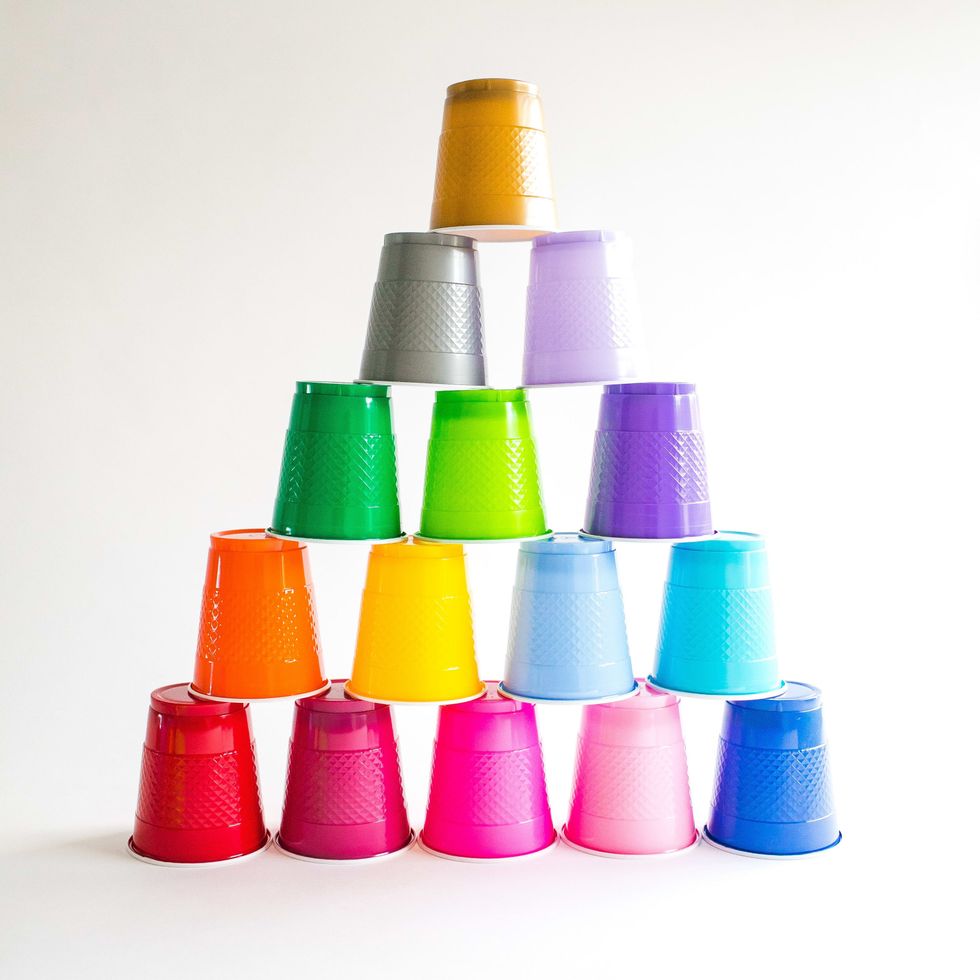
 Best Weed Smoking Games to Try - Jammin'
Best Weed Smoking Games to Try - Jammin'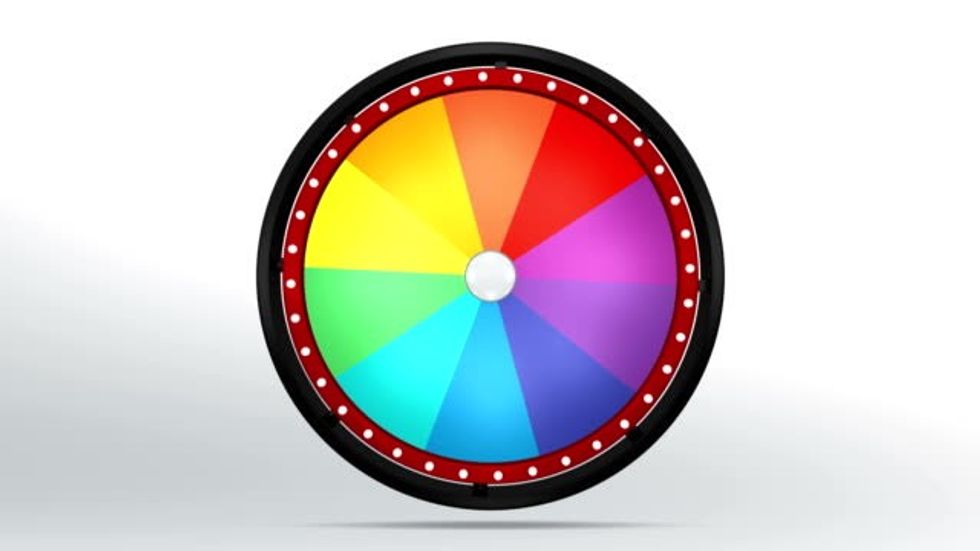 The 31 Best Weed Smoking Games To Try
The 31 Best Weed Smoking Games To Try The Best Weed Smoking Games
The Best Weed Smoking Games The Best Weed Smoking Games to Try
The Best Weed Smoking Games to Try
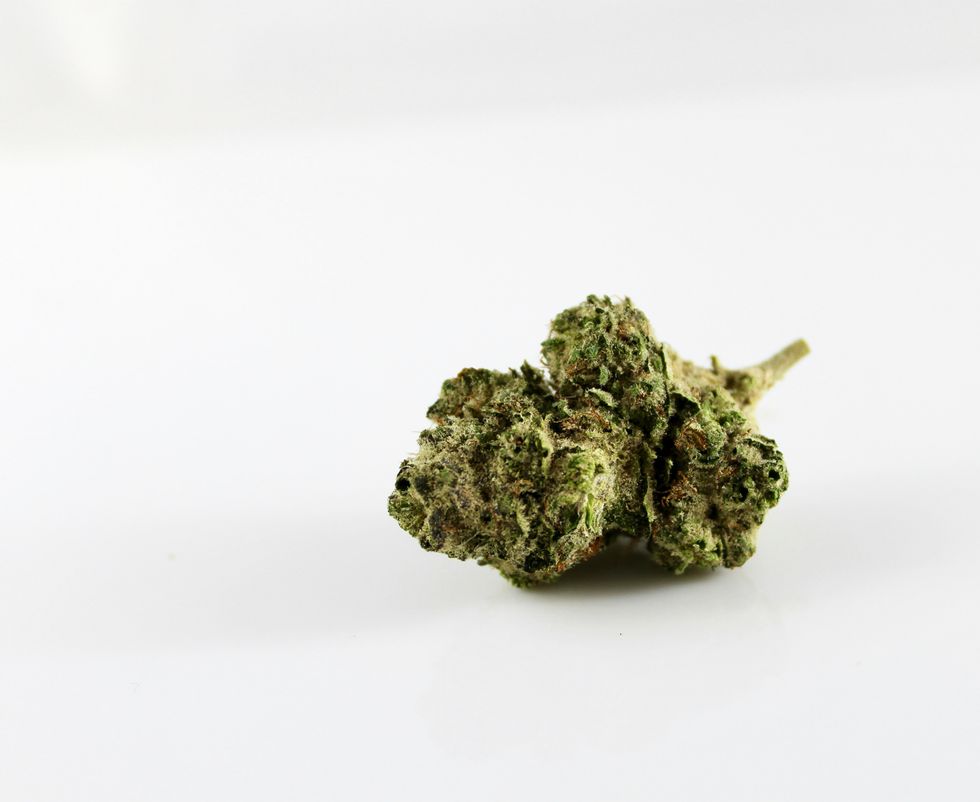
 Stoner Games - Games to Play While High
Stoner Games - Games to Play While High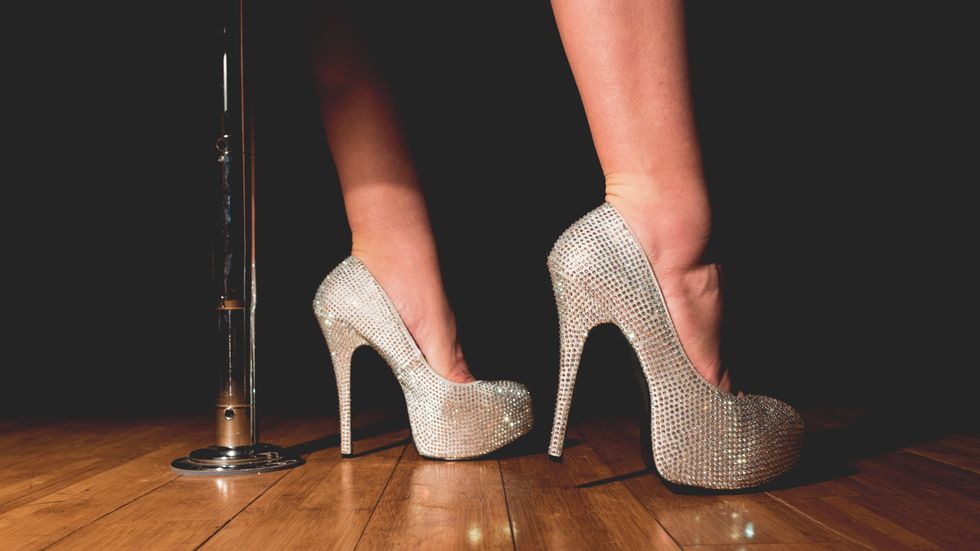 The Best Weed Smoking Games to Play
The Best Weed Smoking Games to Play The Best Weed Smoking Games to Try
The Best Weed Smoking Games to Try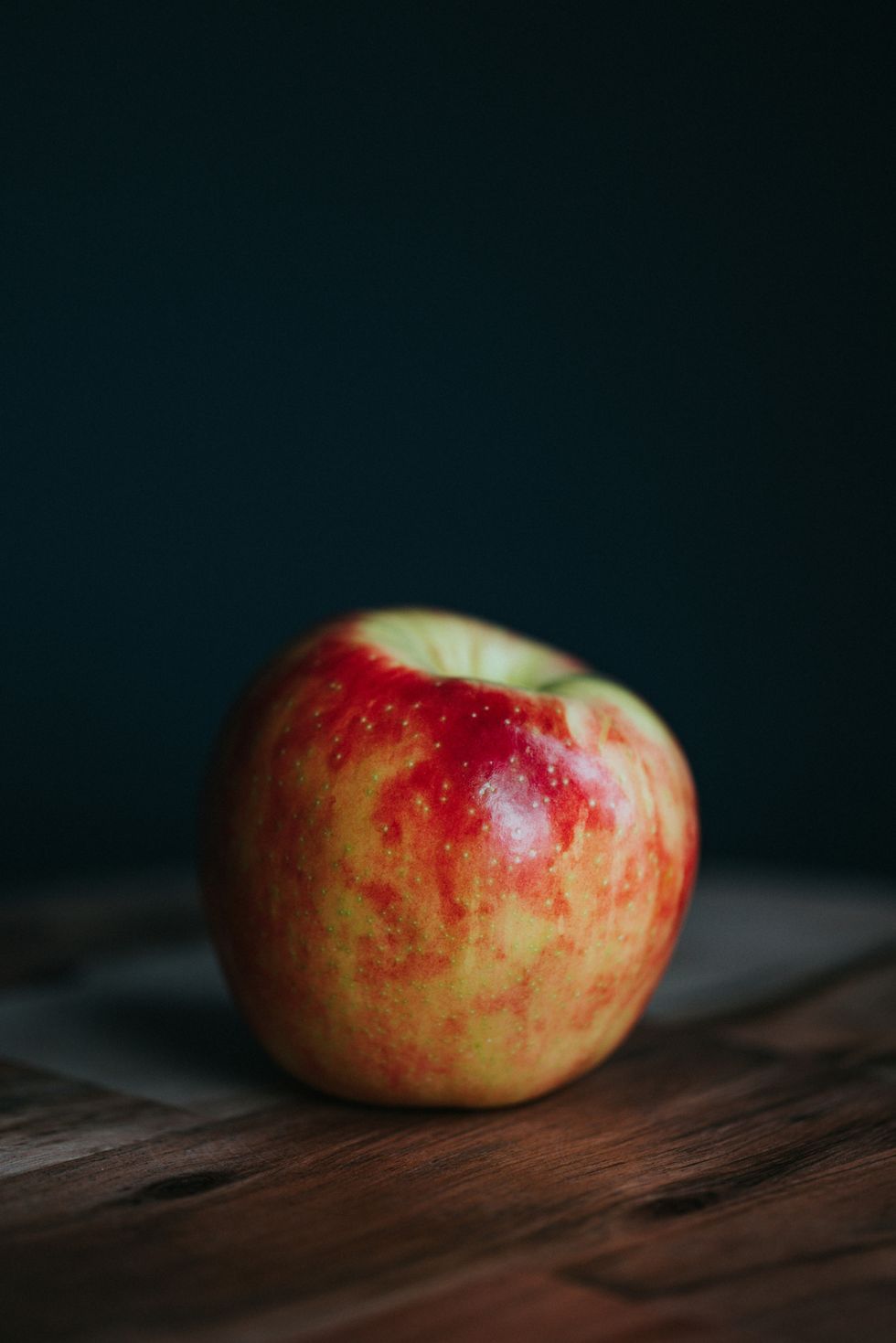
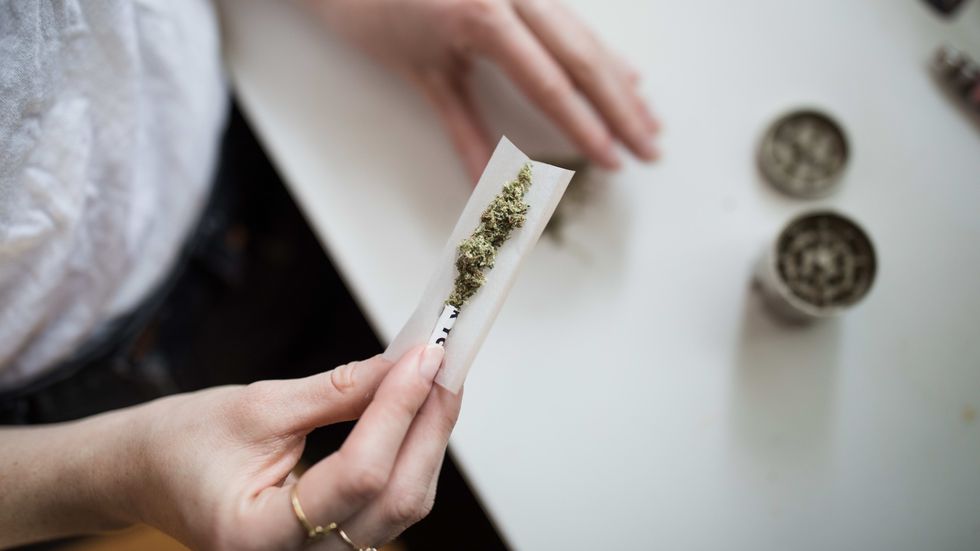 The Best Weed Smoking Games to Try
The Best Weed Smoking Games to Try
 The Best Weed Smoking Games to Play
The Best Weed Smoking Games to Play The Best Weed Games to Play
The Best Weed Games to Play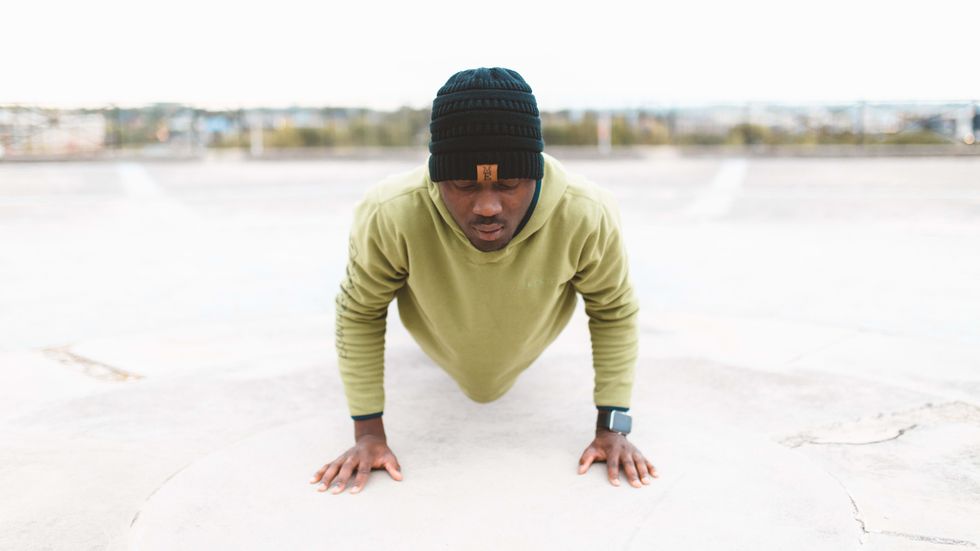 The Best Weed Smoking Games to Try
The Best Weed Smoking Games to Try The Best Weed Smoking Games to Play
The Best Weed Smoking Games to Play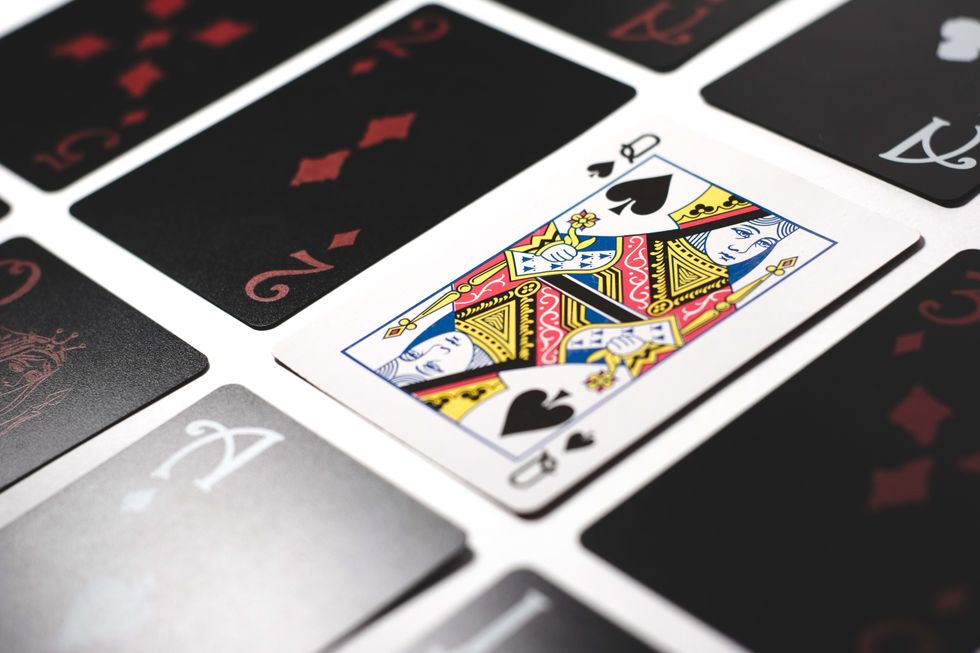 The Best Weed Smoking Games to Try
The Best Weed Smoking Games to Try Games for Stoners
Games for Stoners  woman in white and blue floral shirt sitting beside woman in white and black floral shirtPhoto by
woman in white and blue floral shirt sitting beside woman in white and black floral shirtPhoto by 
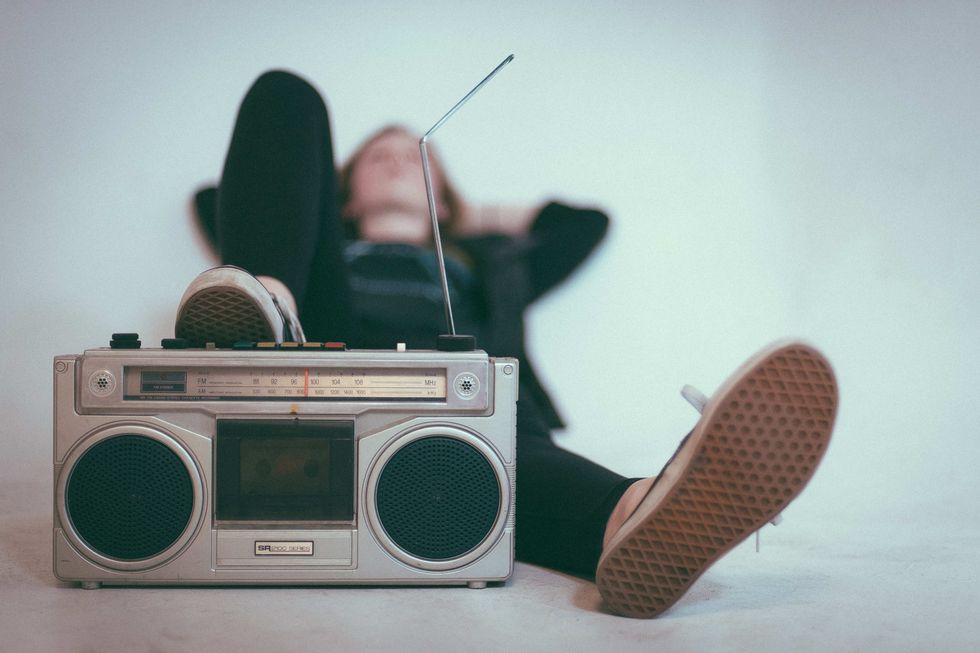 The Best Weed Smoking Games to Play
The Best Weed Smoking Games to Play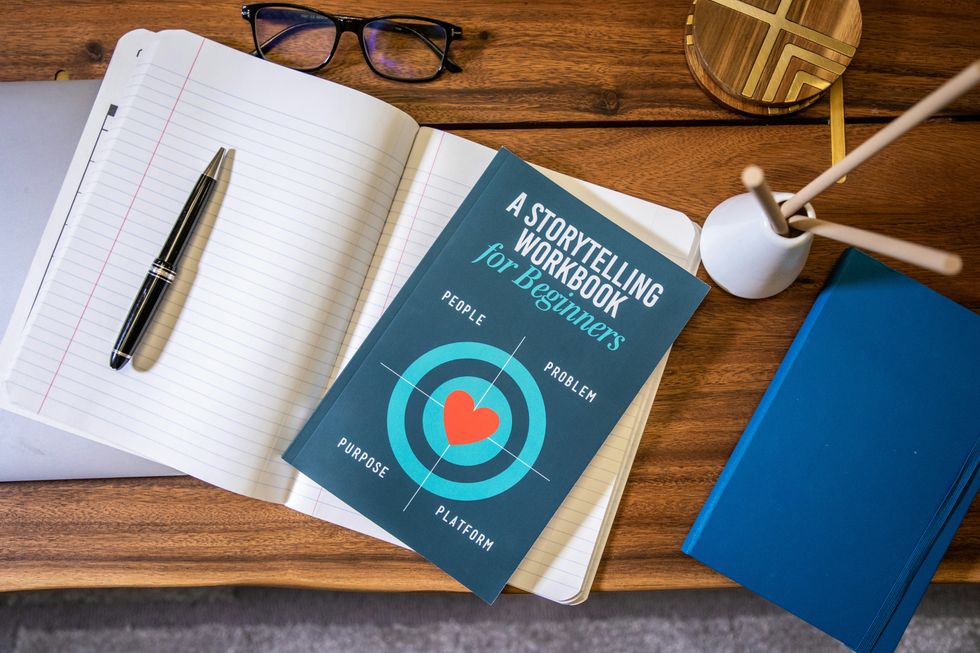
 The Best Weed Smoking Games to Try
The Best Weed Smoking Games to Try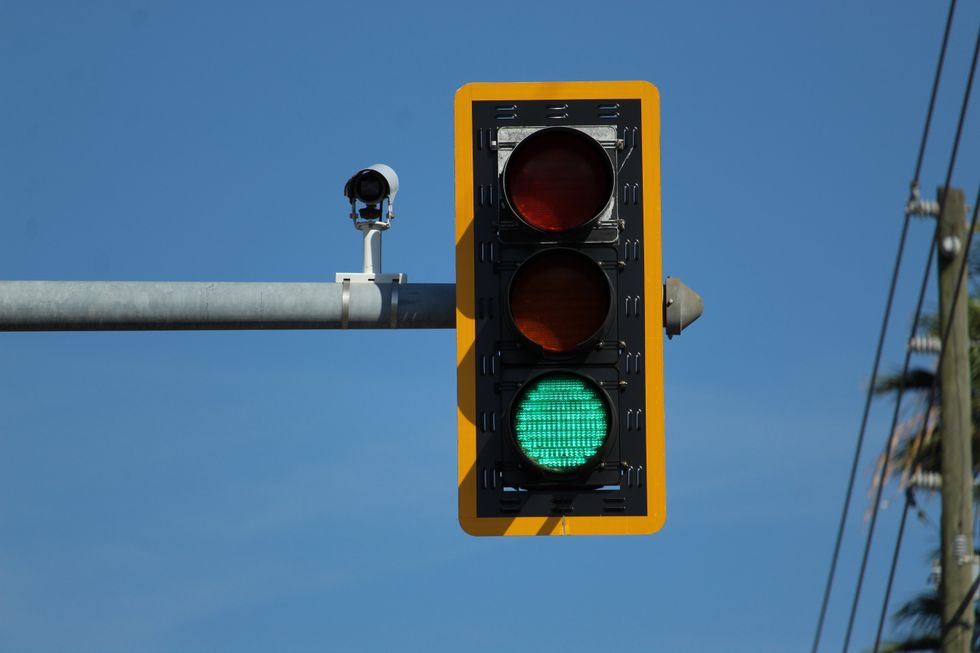 The Best Weed Smoking Games to Try
The Best Weed Smoking Games to Try world map with pinsPhoto by
world map with pinsPhoto by 
 The Best Weed Smoking Games to Try
The Best Weed Smoking Games to Try
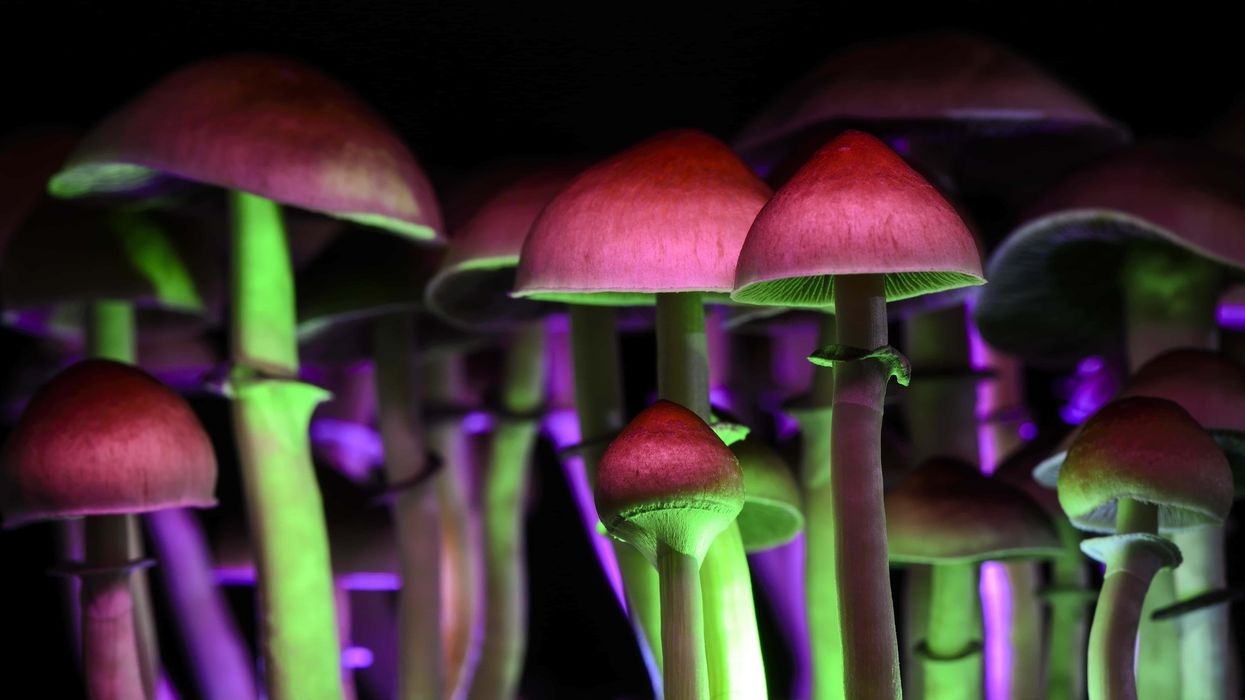
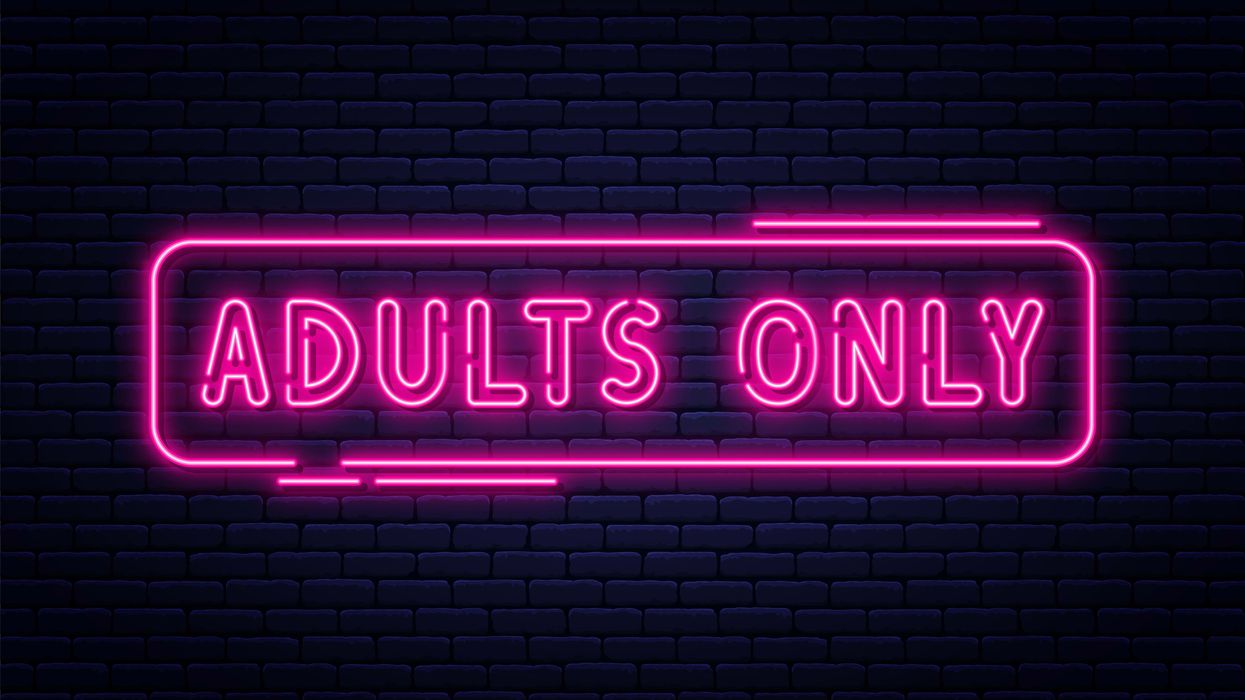
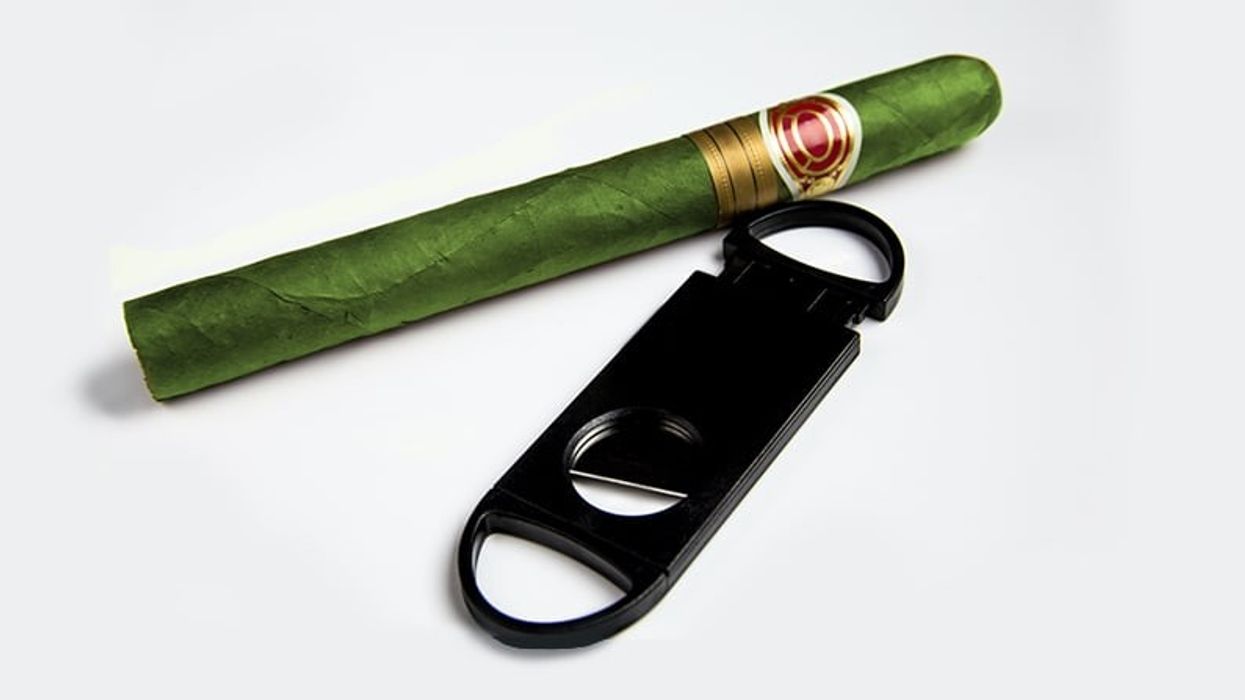
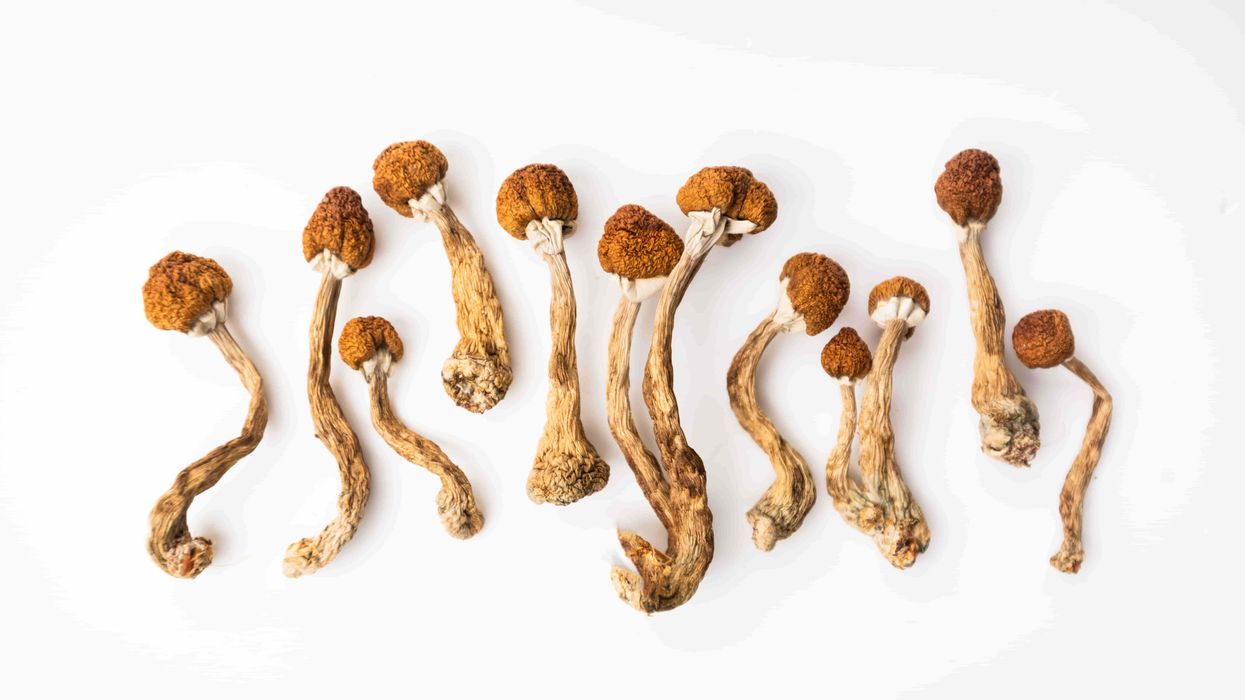

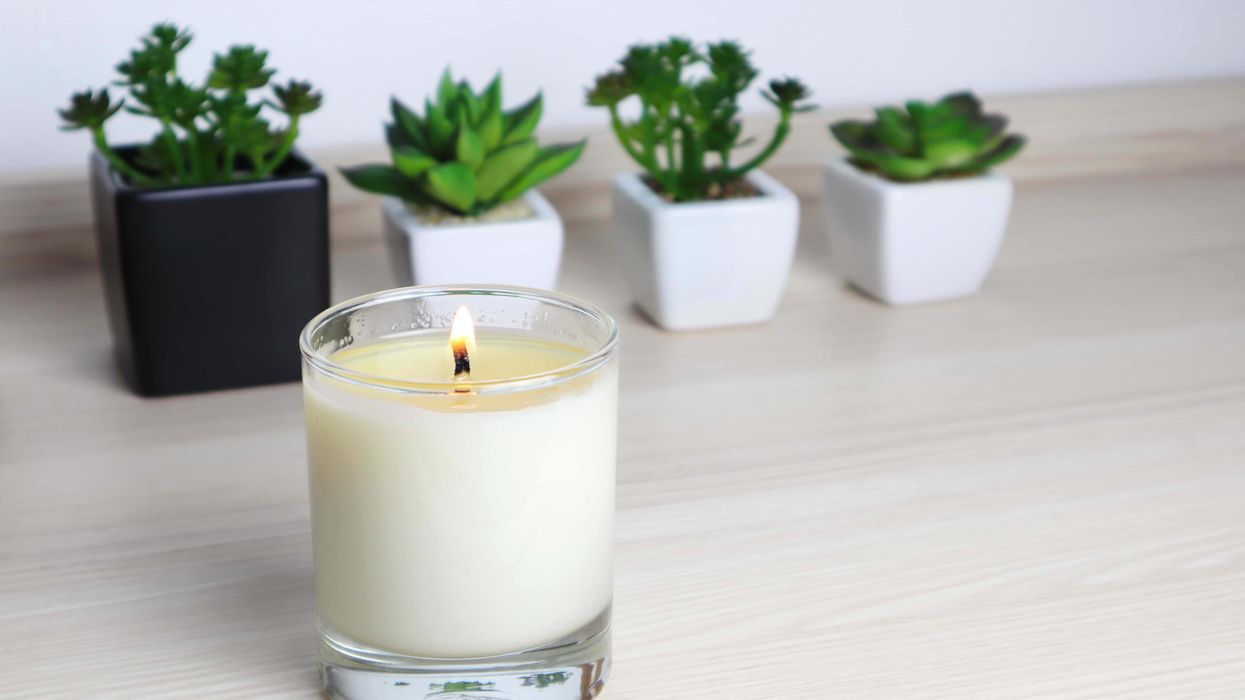
 The Truth About THC Candle: Cannabis Candles & How to Make Your Own - The Bluntness
Photo by
The Truth About THC Candle: Cannabis Candles & How to Make Your Own - The Bluntness
Photo by 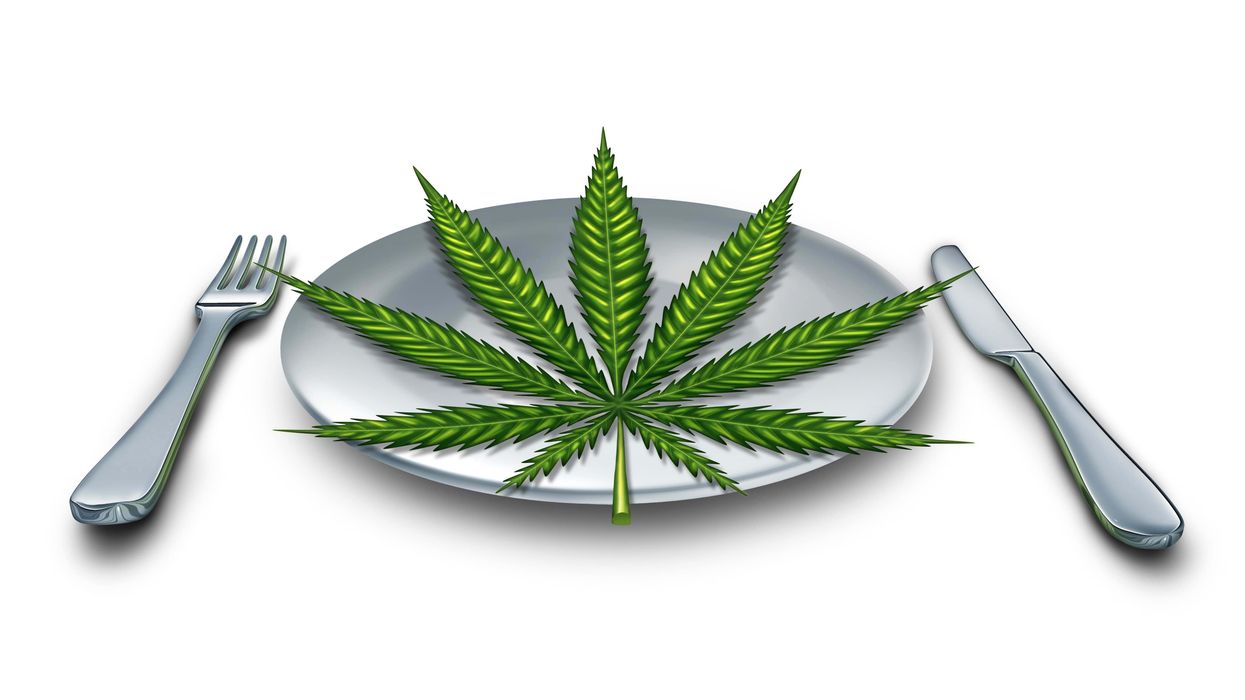
 Cannabis can actually be infused into almost any type of food.
Cannabis can actually be infused into almost any type of food.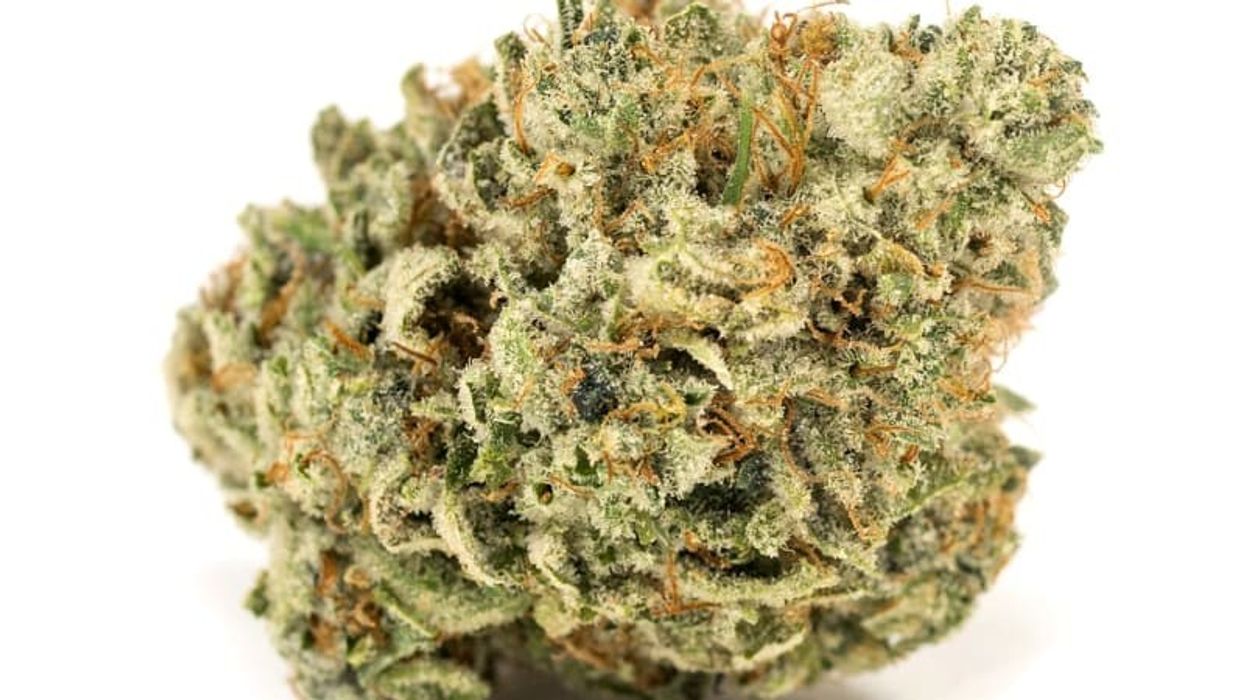

 Coffee & Weed: A Modern Spin on the Hippie Speedball - The Bluntness
Photo by
Coffee & Weed: A Modern Spin on the Hippie Speedball - The Bluntness
Photo by 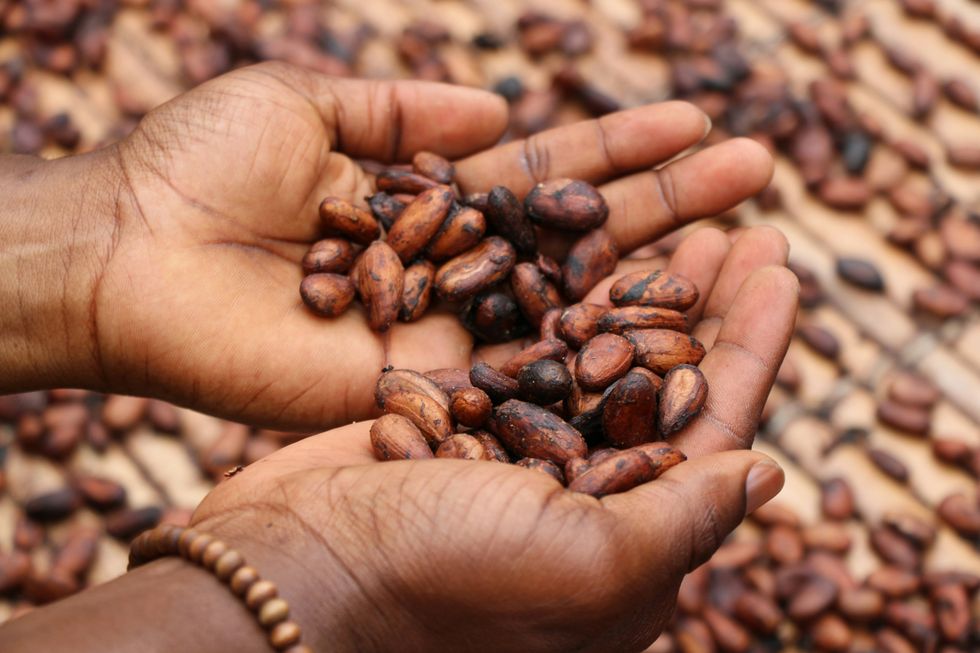 Coffee & Weed: A Modern Spin on the Hippie Speedball - The Bluntness
Photo by
Coffee & Weed: A Modern Spin on the Hippie Speedball - The Bluntness
Photo by  Coffee & Weed: A Modern Spin on the Hippie Speedball - The Bluntness
Photo by
Coffee & Weed: A Modern Spin on the Hippie Speedball - The Bluntness
Photo by